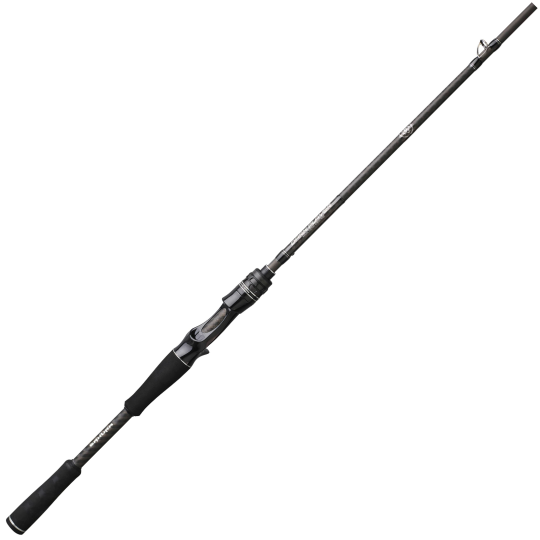
Casting Rod Sakura Dark Player Vertical Cast
Shipping 24 H
- New
Discover our complete selection of rods dedicated to freshwater predator fishing. Whether you're tracking pike, zander, perch, or black-bass, you'll find the spinning rod or casting perfectly suited to your technique here. For a quick and efficient choice, use our filters by brand, length, and power.
Filter By
1248 products

Shipping 24 H
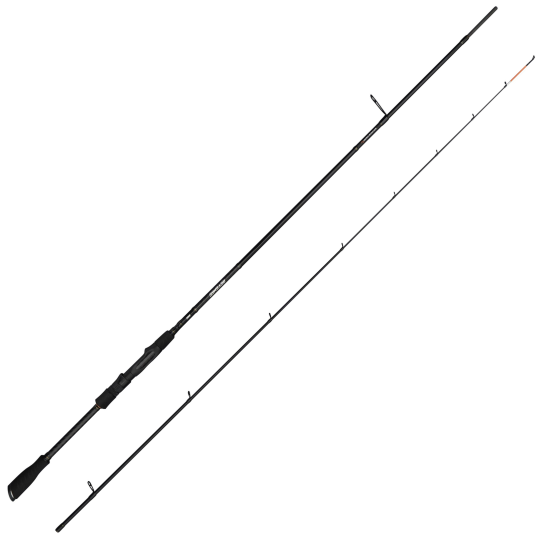
Shipping 24 H
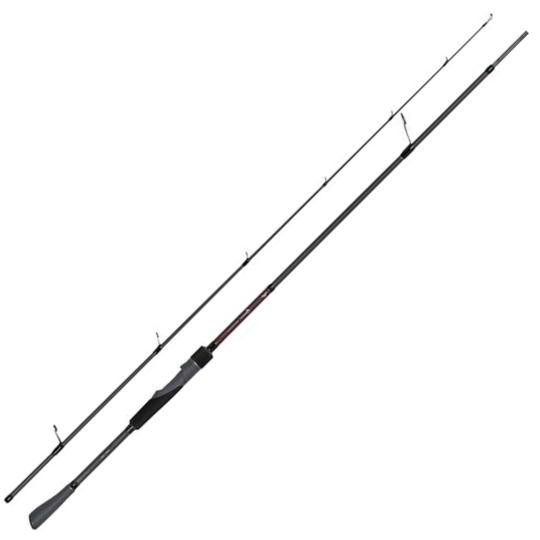
Shipping 24 H
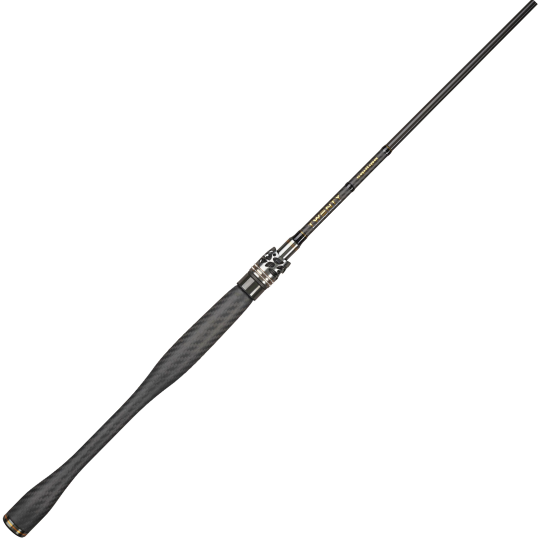
Shipping 24 H
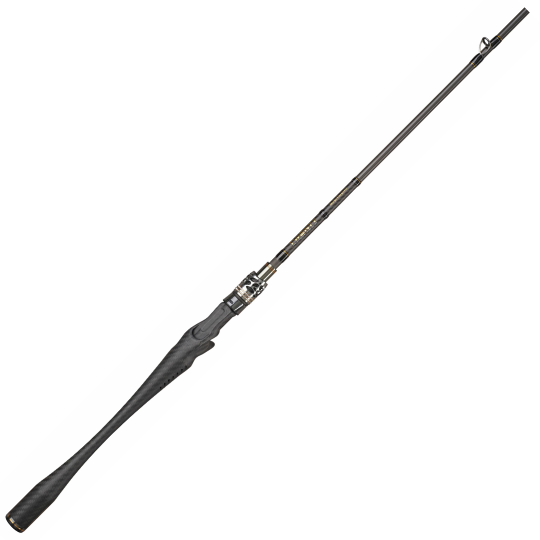
Shipping 24 H
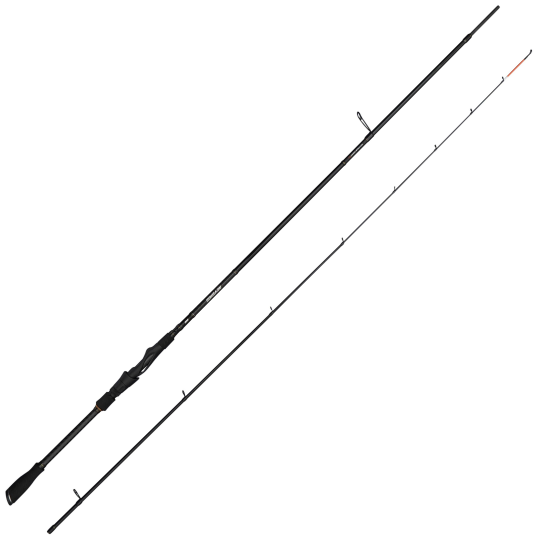
Shipping 24 H
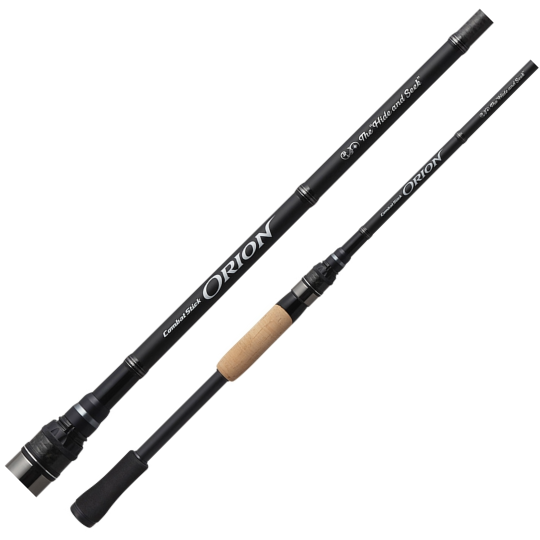
Shipping 24 H
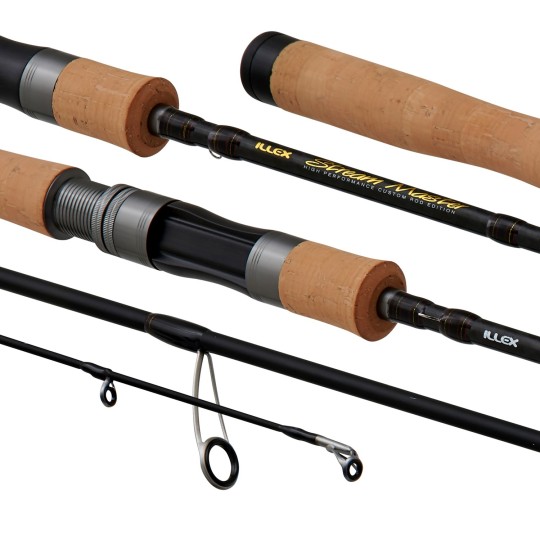
Shipping 24 H
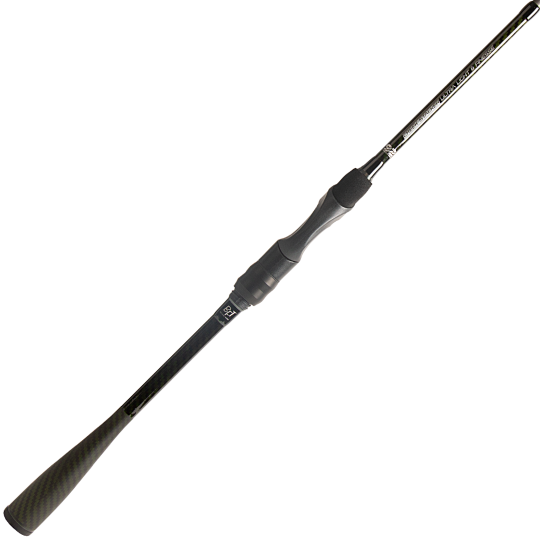
Shipping 24 H
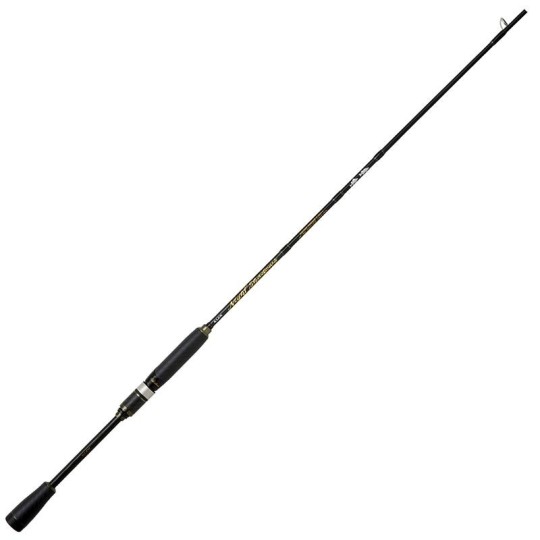
Shipping 24 H
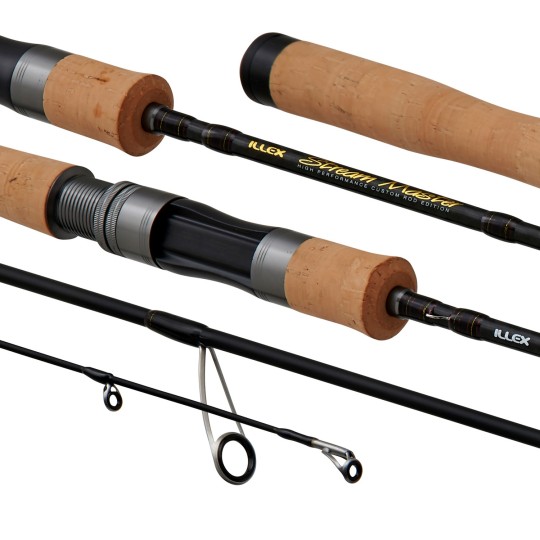
Shipping 24 H
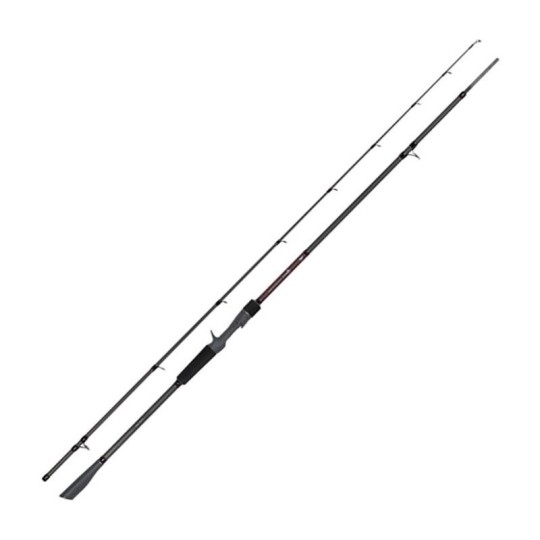
Shipping 24 H
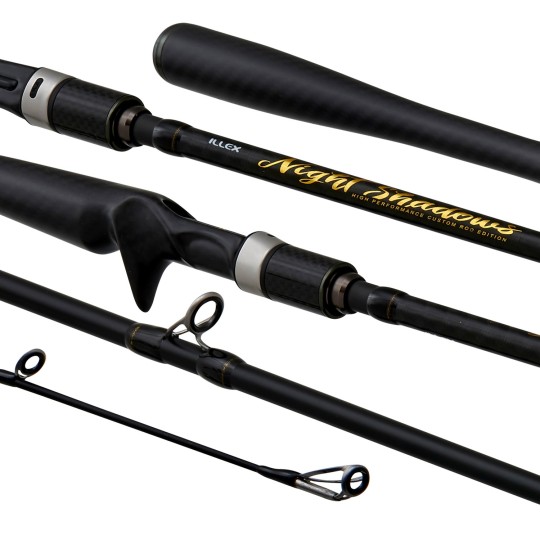
Shipping 24 H
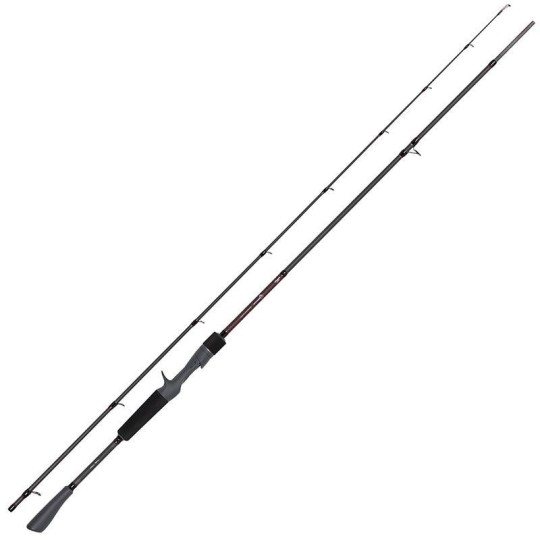
Shipping 24 H
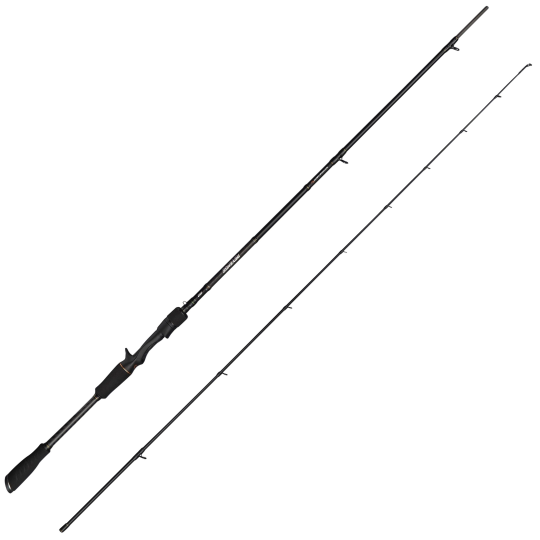
Shipping 24 H
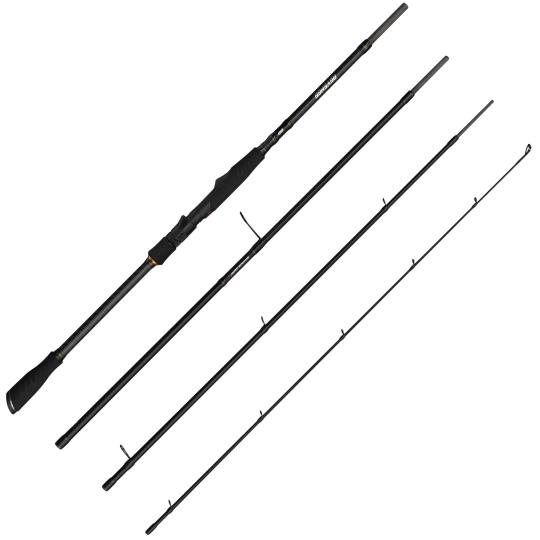
Shipping 24 H
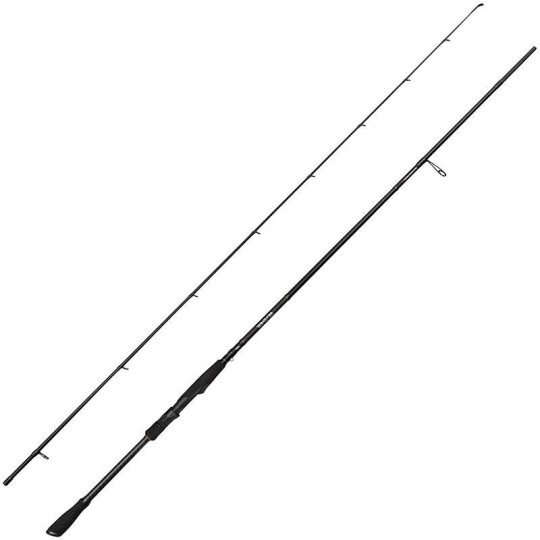
Shipping 24 H
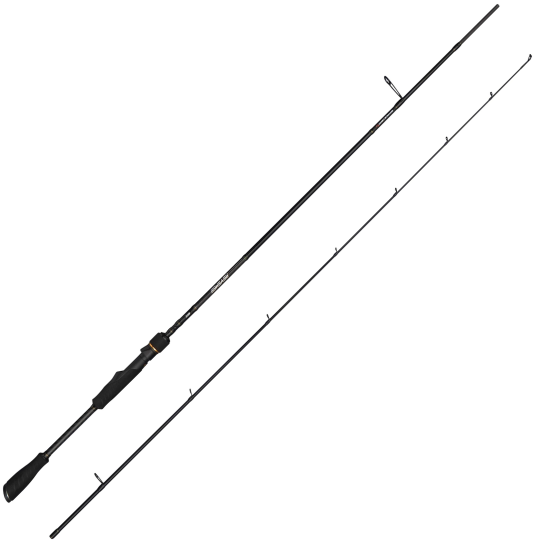
Shipping 24 H
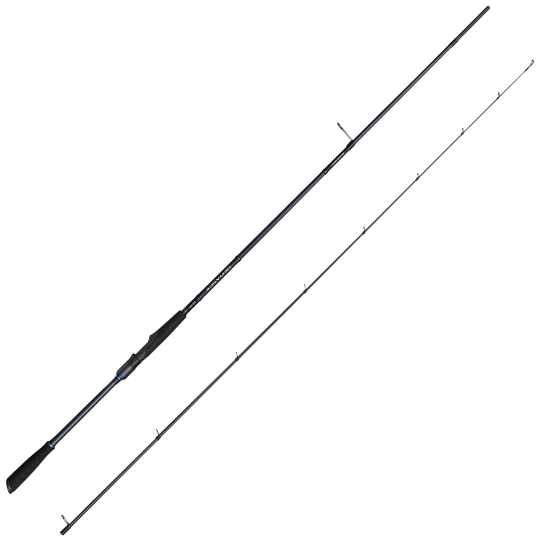
Shipping 24 H
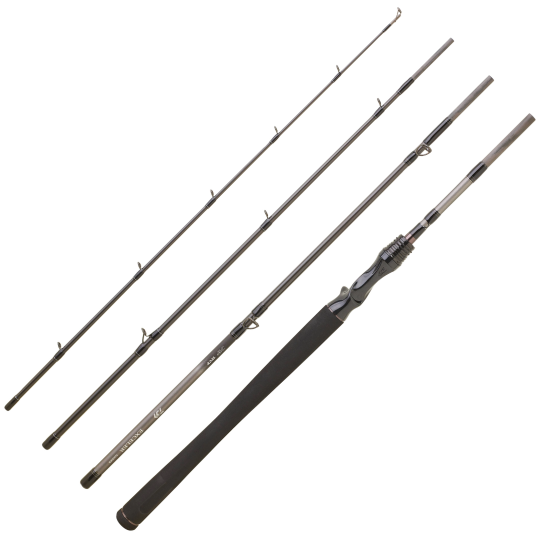
Shipping 24 H
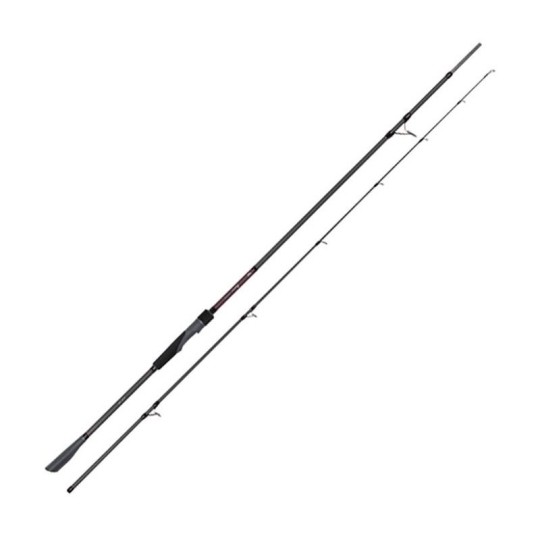
Shipping 24 H
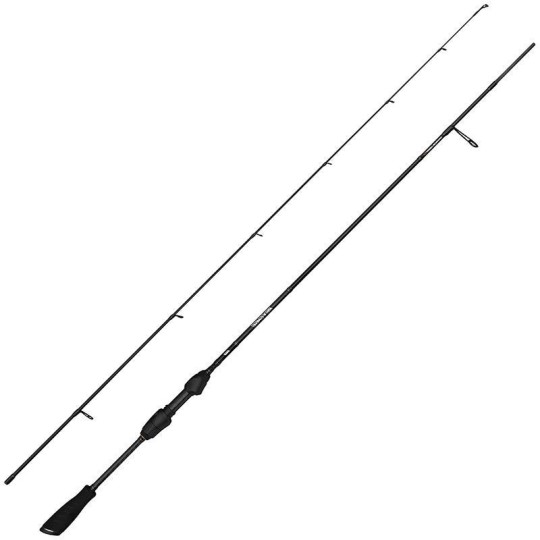
Shipping 24 H
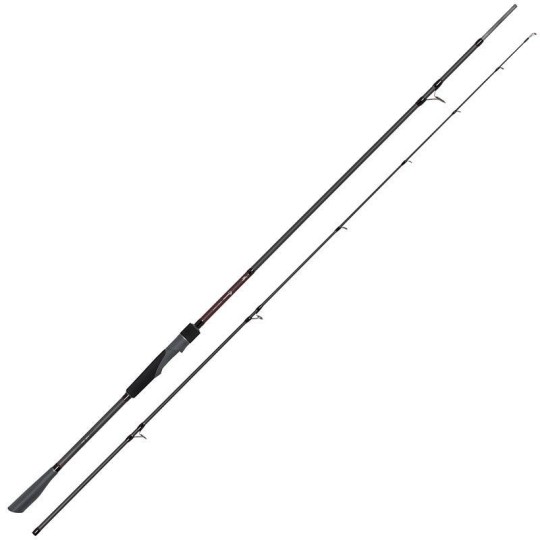
Shipping 24 H
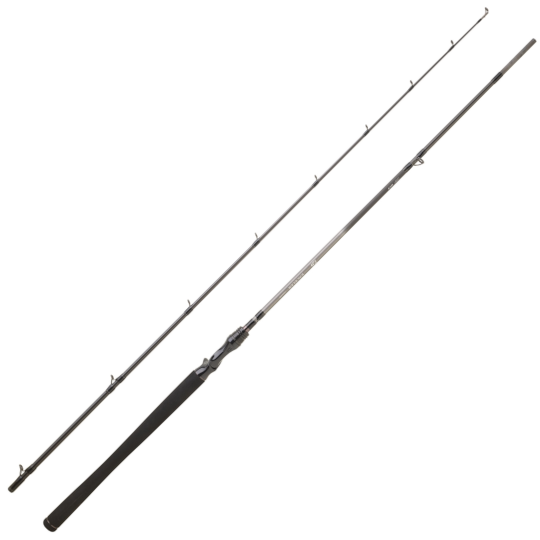
Shipping 24 H
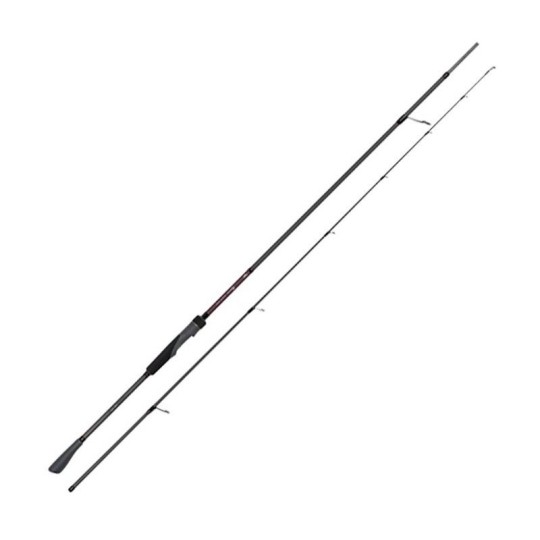
Shipping 24 H
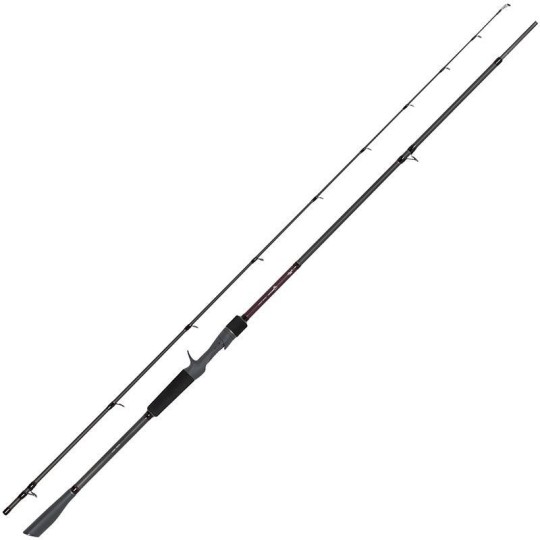
Unavailable at the moment
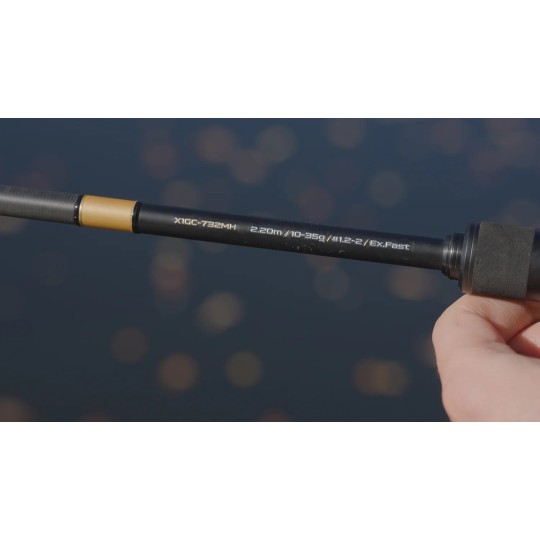
Shipping 24 H
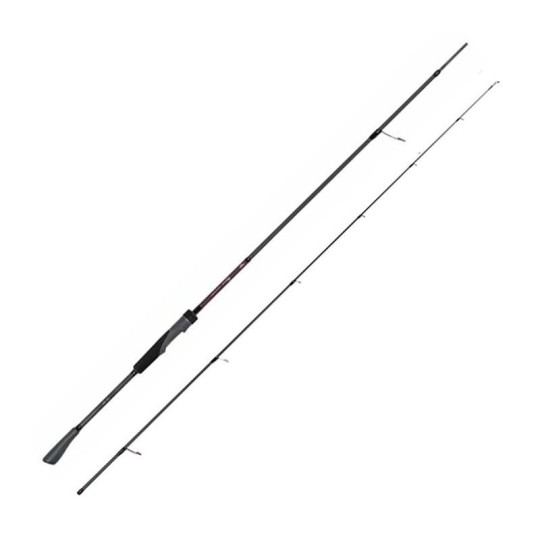
Unavailable at the moment
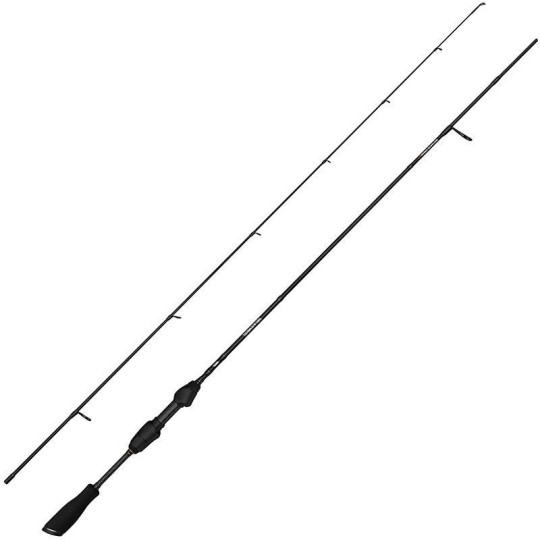
Shipping 24 H
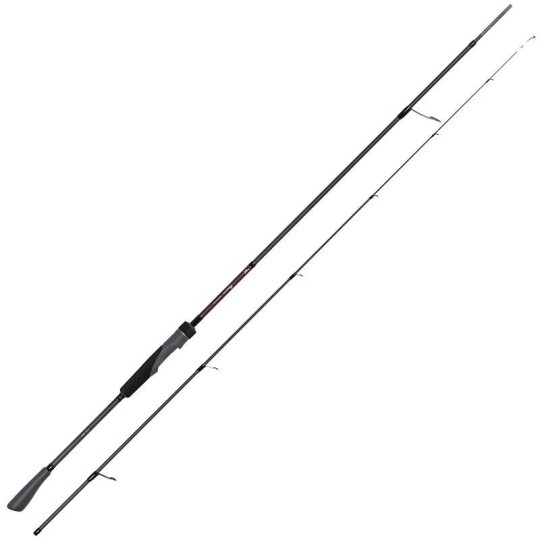
Unavailable at the moment
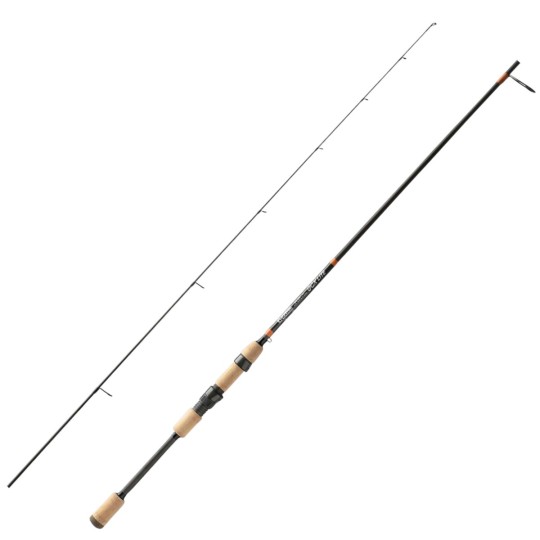
Shipping 3 - 5 days
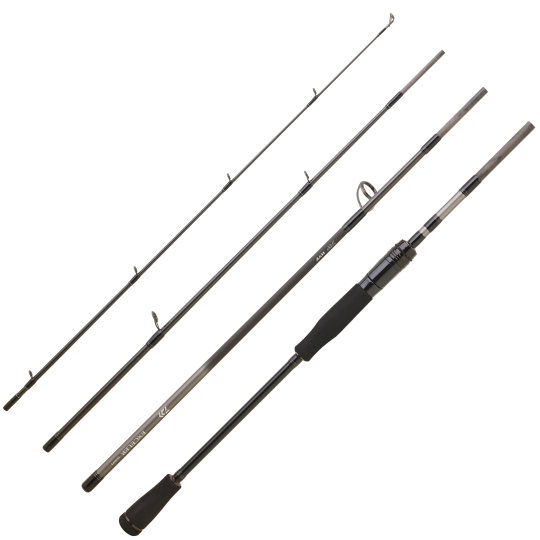
Shipping 24 H
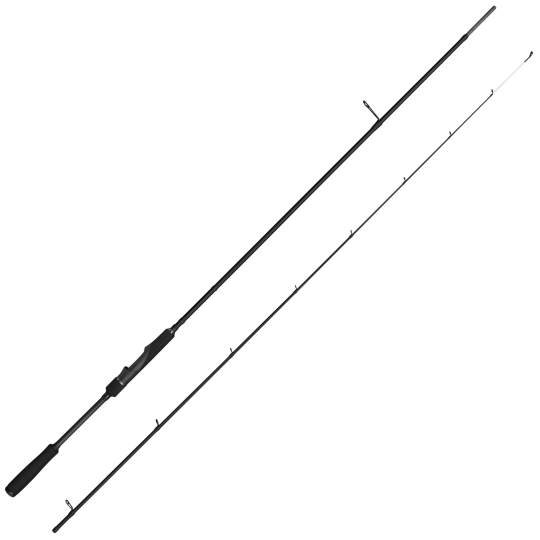
Unavailable at the moment
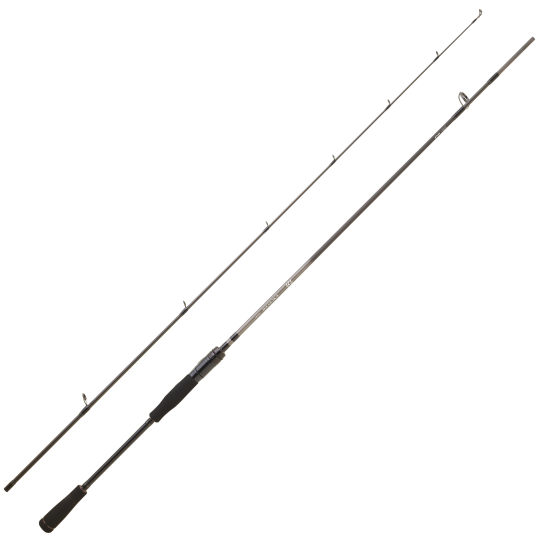
Shipping 24 H
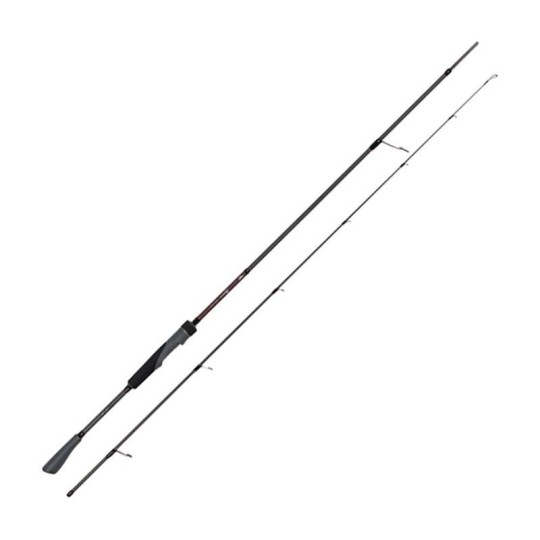
Unavailable at the moment
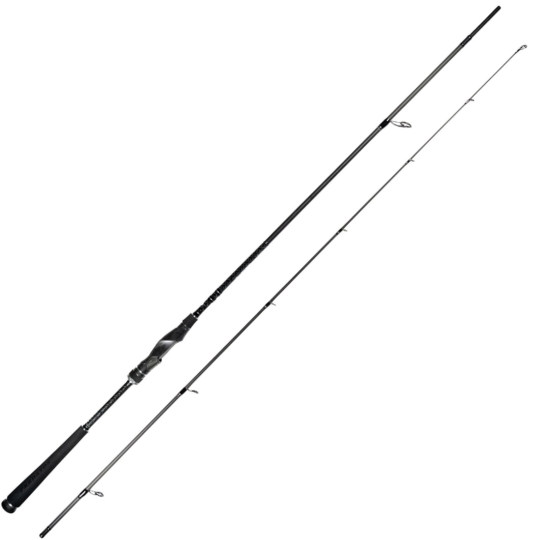
Shipping 5 to 7 days
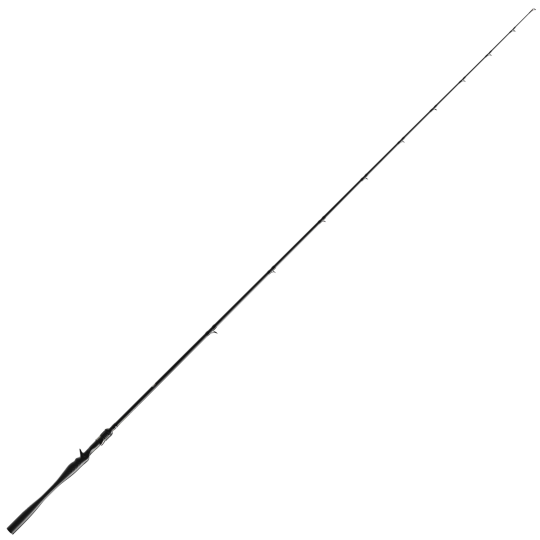
Unavailable at the moment
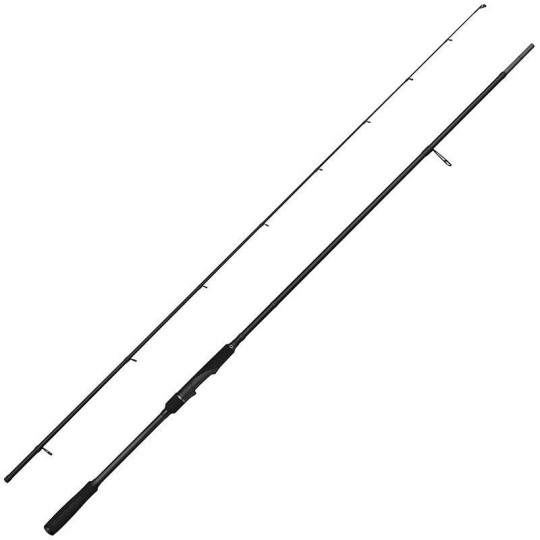
Shipping 24 H
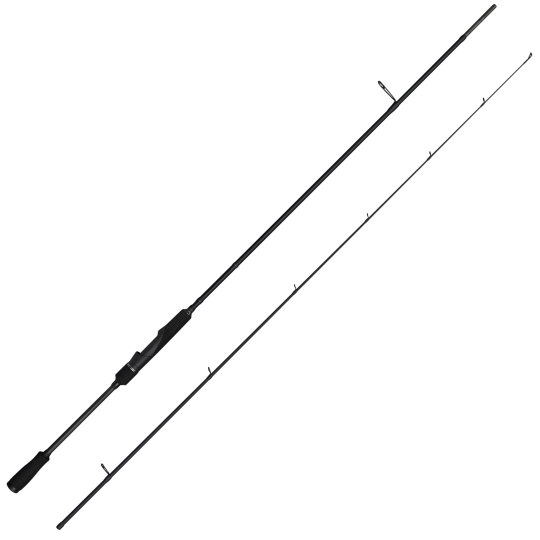
Shipping 24 H
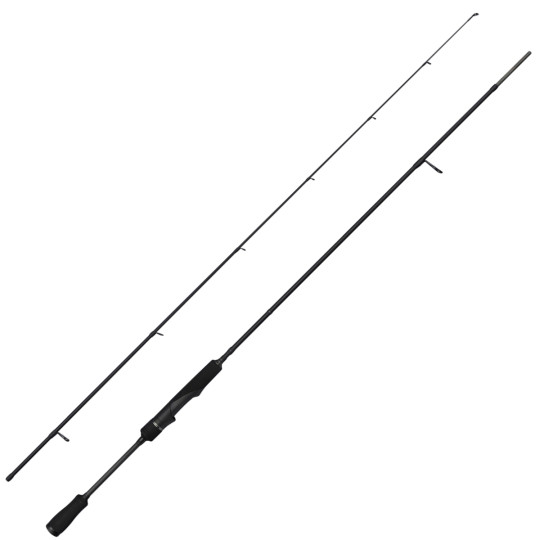
Shipping 24 H
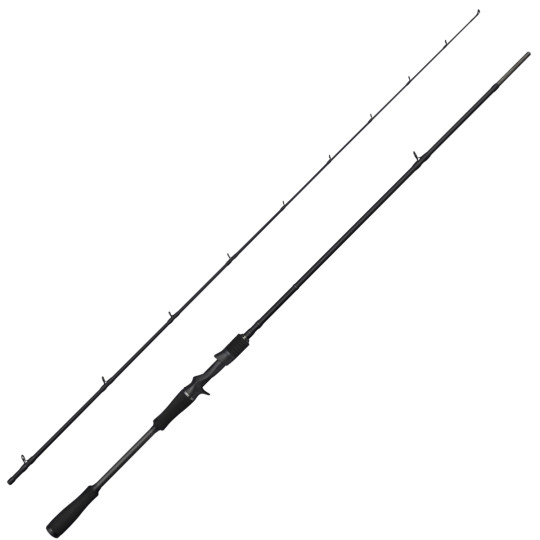
Shipping 24 H
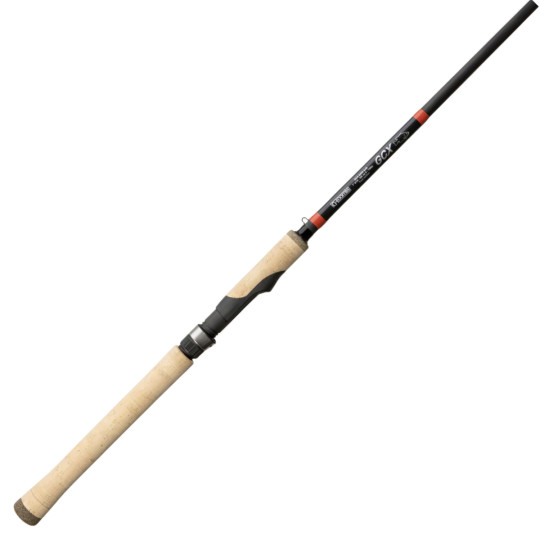
Shipping 48 - 72H
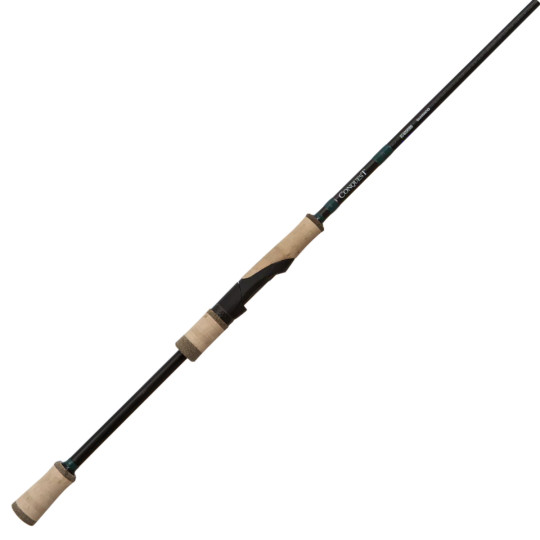
Shipping 48 - 72H
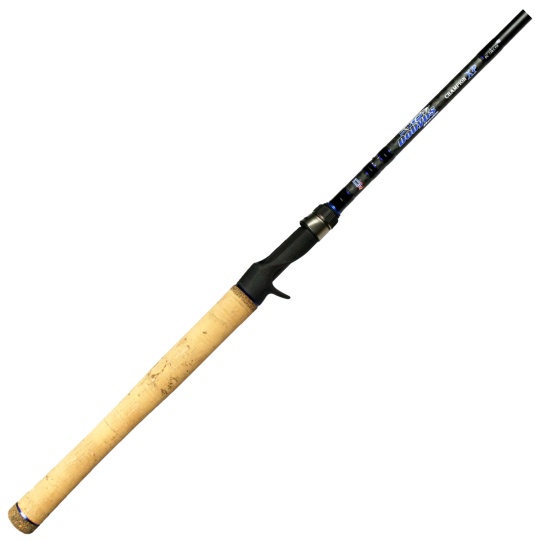
Shipping 24 H
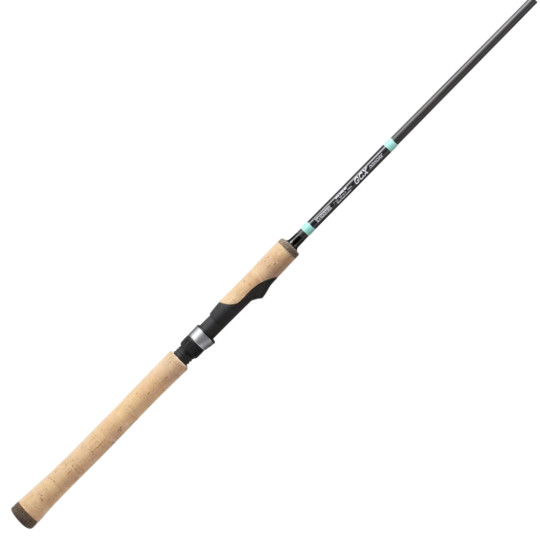
Shipping 48 - 72H
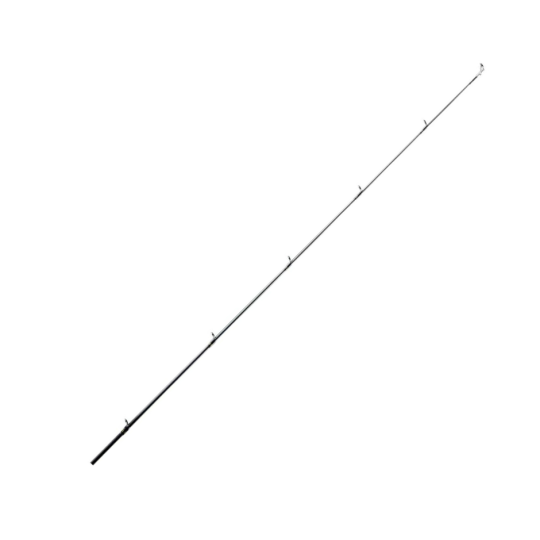
Shipping 24 H
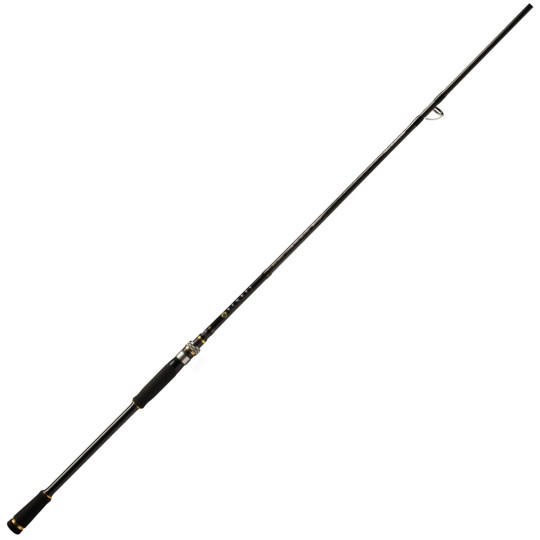
Shipping 24 H
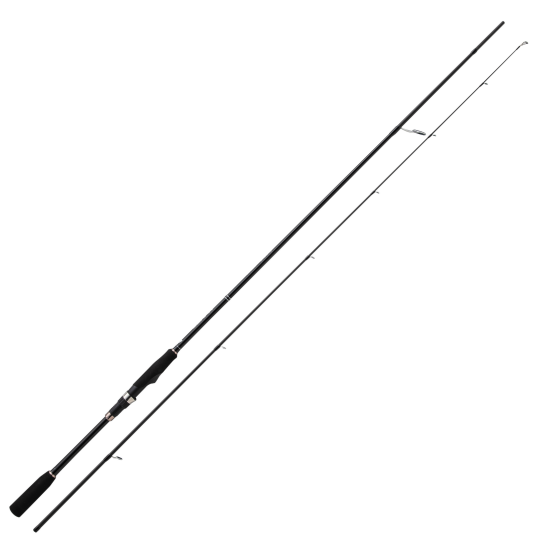
Shipping 24 H
Read on the subject
The choice revolves around two main types of rods and a few essential criteria:
Are you fishing at sea or targeting the biggest specimens? Check out our category dedicated to rods for big game fishing, designed to tackle tuna and other marine predators.
Complete your equipment by exploring our other categories: